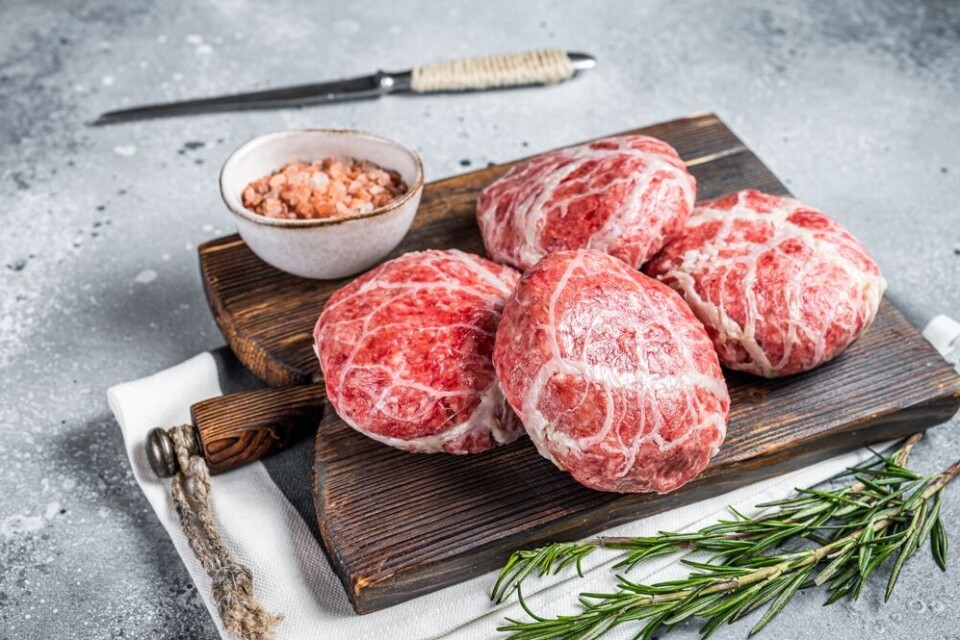-
French parliament to vote on law to offer €150 a month card for healthy food
The card would be intended to benefit consumers and farmers, and comes after successful trials of similar schemes in Bordeaux and Montpellier
-
Know your cheeses and their seasons: which to eat in France in February
Cow’s milk cheeses dominate as winter comes to an end
-
Films and series to watch in February to improve your French
Every month we outline good film and TV series to improve your language
Day 1 of French regional Christmas specialities: Crépinettes
This south-west and Savoie favourite is often eaten in an unexpected combination with oysters, a traditional dish on Christmas meal tables in France

Everyday from December 1-12, The Connexion will be sharing a French regional Christmas speciality. Today we look at crépinettes from the south-west (particularly the Gironde) and Savoie.
What is a crépinette?
Crépinette is a speciality from the south-west of France that originated around the 13th century. The term derives from the word crêpe (crepe as in the cloth), meaning small ornaments of crêpes. The dish is also called atriaux in Switzerland and along the French-Swiss border.
Crépinette is a concoction of either pork, poultry or game meat that is thinly cut before being stuffed in a crépine, the caul fat of the animal (the thin membrane that surrounds the internal organs of some animals). Other sources of meat are also sometimes used, including sweetbread or veal kidney.
Likewise, many cooks might season their crépinettes with a range of ingredients.
Chef Jean-Yves Goujon, owner of the Maison d’hôtes les Tamaris in Savoie, stuffs his with a level tablespoon of salt, four grams of pepper, two garlic cloves and a little nutmeg. He adds herbs and a glug of the local plant alcohol Génépi.
Marmiton, France’s biggest recipe website, has many users who have shared their own versions of crépinette.
They can be topped with truffles or seasoned with cognac, and are often served with diced onions dipped in olive oil and roasted champignons, mashed potatoes, or other vegetables.
During Christmas, crépinettes are served along with oysters, making an unexpected surf and turf duo.
How do you cook them?
After you have stuffed your crépine, the crépinettes are to be cooked on a pan or in an oven.
Roast for 20 minutes before deglazing them with white wine and simmer under a lid for another 20 minutes.
Related articles
How your favourite French patisseries got their names
Autumnal French recipe inspiration using seasonal produce
























